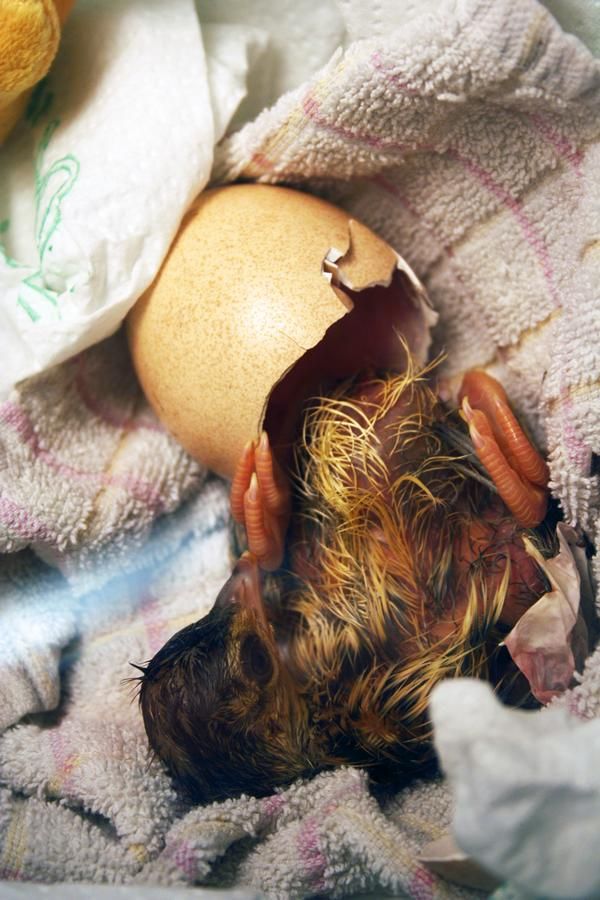FWP:
For background see S. R. Faruqi's choices. This verse is NOT one of his choices; I thought it was interesting and have added it myself. For more on Ghalib's unpublished verses, see the discussion in {4,8x}.
The idiomatic meaning of gul karnaa as 'to extinguish' a candle is entirely established. (See the definition above, and also think of Faiz: gul karo sham((e;N , ba;Rhaa do mai-o-miinaa-o-ayaa;G .) It comes directly from the inverted cup (or flower) shape of most candle-snuffers. Here's an example, from India, that includes a snuffer that conveniently hangs from the candlestick itself:

If we adopt this reading, then the 'opening' of the previously 'bound/constrained' temperament turned it into a comparative candle-snuffer, for the peacock who emerged from this metaphorical egg was (eventually!) so radiantly beautiful that his glory outshone and thus 'extinguished' (by comparison) the color of a whole garden.
But Ghalib almost always uses such idiomatic expressions in both their colloquial and their dictionary meanings. On a literal reading, the peacock who emerged from the newly-hatched egg of the 'opened' temperament 'rosed' the color of the whole garden. That would suggest giving it a radiance, a brilliance, a roseate glory. Compare for example {15,4}, in which the jalvah of the rose turns the garden water-channel into a 'lamp-display'.
Gyan Chand insists on gul karnaa as 'to reveal, to make manifest'. I don't know where exactly he gets it from, and life is too short to do every bit of peripheral research. You, dear reader, can decide for yourself.
Other 'peacock's egg' verses: {298x,3}; {308x,1}.

Gyan Chand:
gul kiyaa = made manifest [:zaahir kiyaa]. For Ghalib, the peacock is a symbol of colorfulness and radiance; thus a peacock's egg is a sign/token of color and radiance to be obtained in the future.
For the temperament to be 'bound/constrained' has the meaning of grief-strickenness, and to 'open' has the meaning of happiness. When the heart opened, then it caused such liveliness and color and radiance as if spring would have come to a garden. It appeared that as long as the heart was bound/constrained, it was like a peacock's egg-- from within which later a peacock emerged, and in every direction colorfulfulness upon colorfulness became manifest. Through the opening of the temperament, the allusion is to poetry-composition. Poetry created the situation of a garden
== Gyan Chand, p. 116